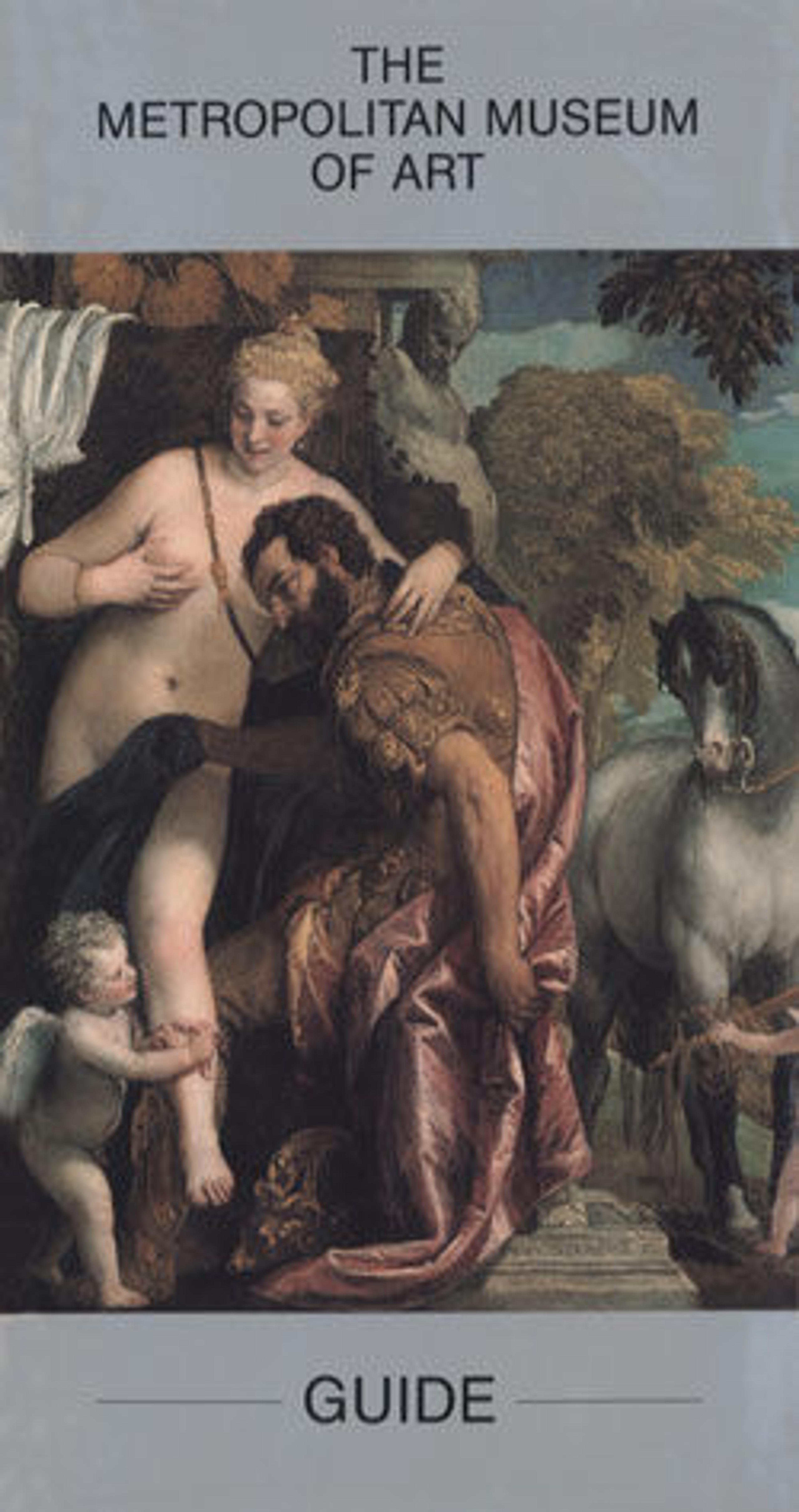Eyes
Louise Bourgeois began her career as a painter and engraver, turning to sculpture in the late 1940s. Born in Paris, she studied art at various schools there, including the École du Louvre, Académie des Beaux-Arts, Académie Julian, and Atelier Fernand Léger. In 1938 she emigrated to the United States and continued her studies at the Art Students League in New York. During the latter 1940s she produced prints at Atelier 17 in New York where she became friendly with the artists Le Corbusier, Joan Miró, and Yves Tanguy. Since about 1947–49, when she produced her first sculptural works, her imagery has been influenced by Surrealism, a movement that attracted her attention when a great number of European artists came to the New York area during World War II. In 1949 Peridot Gallery in New York exhibited these works for the first time. Her sculptures of the 1940s were composed groupings of elongated, carved wood totems, abstract in shape and painted in a uniform color. In the 1960s her work, which retained its Surrealist undertones, expanded in size and was executed in bronze, carved stone, and rubber latex. Bourgeois's highly idiosyncratic style relies on an intensely personal vocabulary of anthropomorphic forms charged with sexual allusions.
Eyes is a large marble sculpture that shows the persistence of Surrealist iconography in her late work. The eye, a recurring motif in Surrealism, served as both a symbol for the act of perception and as an allusion to female sexual anatomy. Perched on top of a massive marble block chiseled in various places to resemble a house (a recurring theme in her work) are two highly polished round balls with a carved circular opening at each center. As a unit they suggest a bold abstract head, a female torso, or the symbolic marriage of woman to home and family.
Eyes is a large marble sculpture that shows the persistence of Surrealist iconography in her late work. The eye, a recurring motif in Surrealism, served as both a symbol for the act of perception and as an allusion to female sexual anatomy. Perched on top of a massive marble block chiseled in various places to resemble a house (a recurring theme in her work) are two highly polished round balls with a carved circular opening at each center. As a unit they suggest a bold abstract head, a female torso, or the symbolic marriage of woman to home and family.
Artwork Details
- Title:Eyes
- Artist:Louise Bourgeois (American, Paris 1911–2010 New York)
- Date:1982
- Medium:Marble
- Dimensions:74 3/4 x 54 x 45 3/4 in. (189.9 x 137.2 x 116.2 cm)
- Classification:Sculpture
- Credit Line:Anonymous Gift, 1986
- Object Number:1986.397
- Rights and Reproduction:© Louise Bourgeois/Licensed by VAGA, New York, NY
- Curatorial Department: Modern and Contemporary Art
More Artwork
Research Resources
The Met provides unparalleled resources for research and welcomes an international community of students and scholars. The Met's Open Access API is where creators and researchers can connect to the The Met collection. Open Access data and public domain images are available for unrestricted commercial and noncommercial use without permission or fee.
To request images under copyright and other restrictions, please use this Image Request form.
Feedback
We continue to research and examine historical and cultural context for objects in The Met collection. If you have comments or questions about this object record, please contact us using the form below. The Museum looks forward to receiving your comments.
